
The sight was reminiscent of a bygone era—four tugboats, each straining against the storied weight of the USS New Jersey (BB-62), the most decorated battleship in U.S. Navy history, as she left her berth on the Delaware River for the Philadelphia Navy Yard.
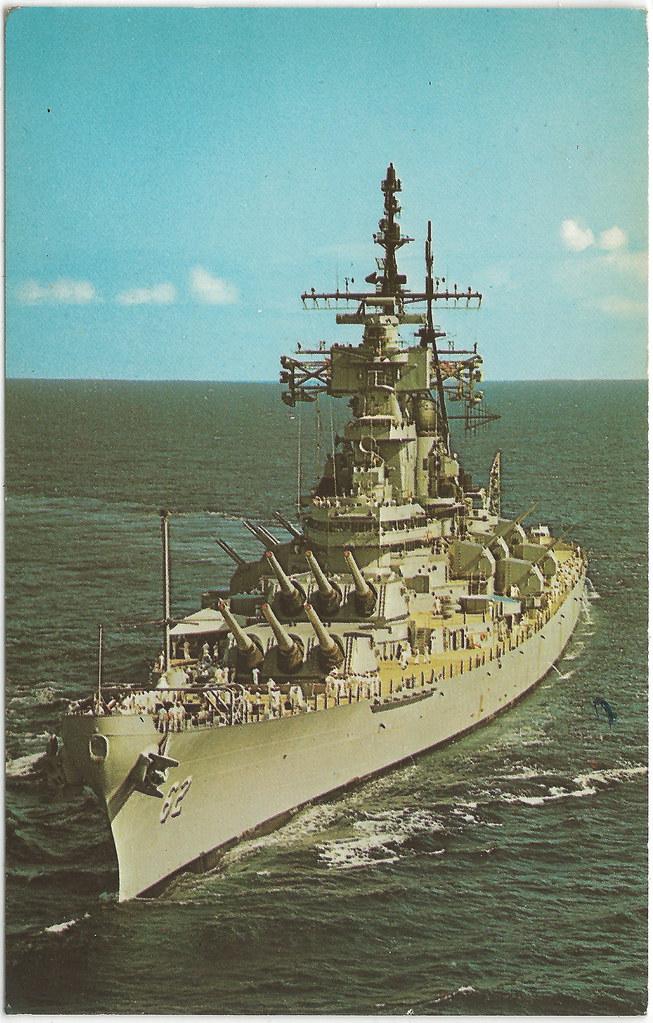
This spectacle was not just a mere operation but a testament to the enduring legacy of the Iowa-class battleships and their indelible imprint on American naval history.
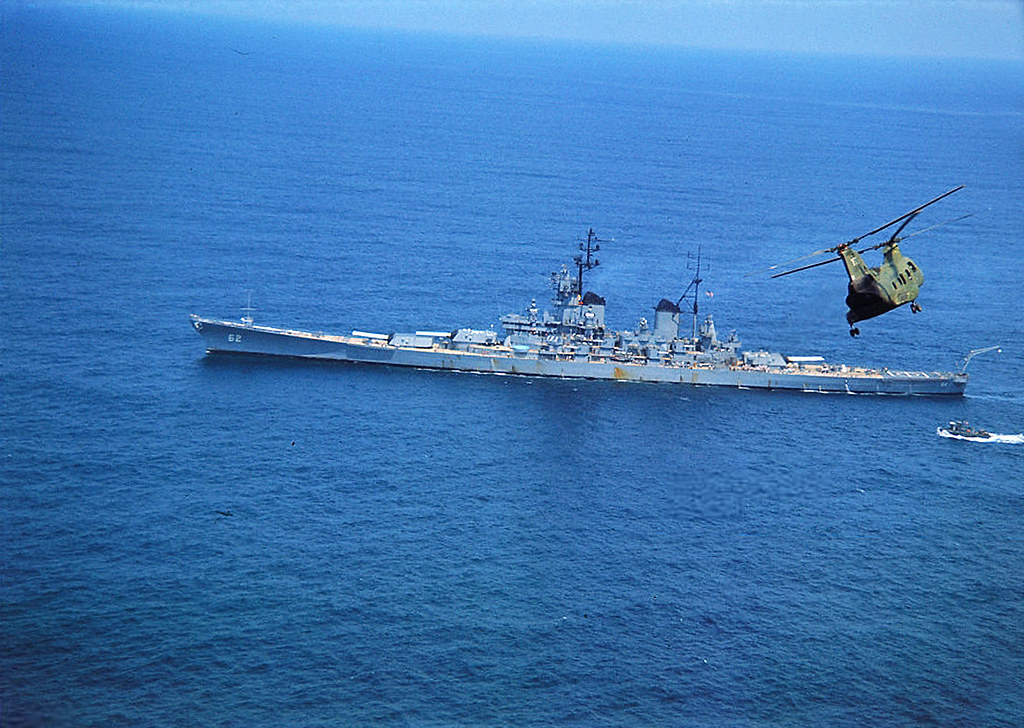
The USS New Jersey, second only to her sister the USS Iowa in the Iowa-class fast battleships lineage, has been a formidable presence since World War II.
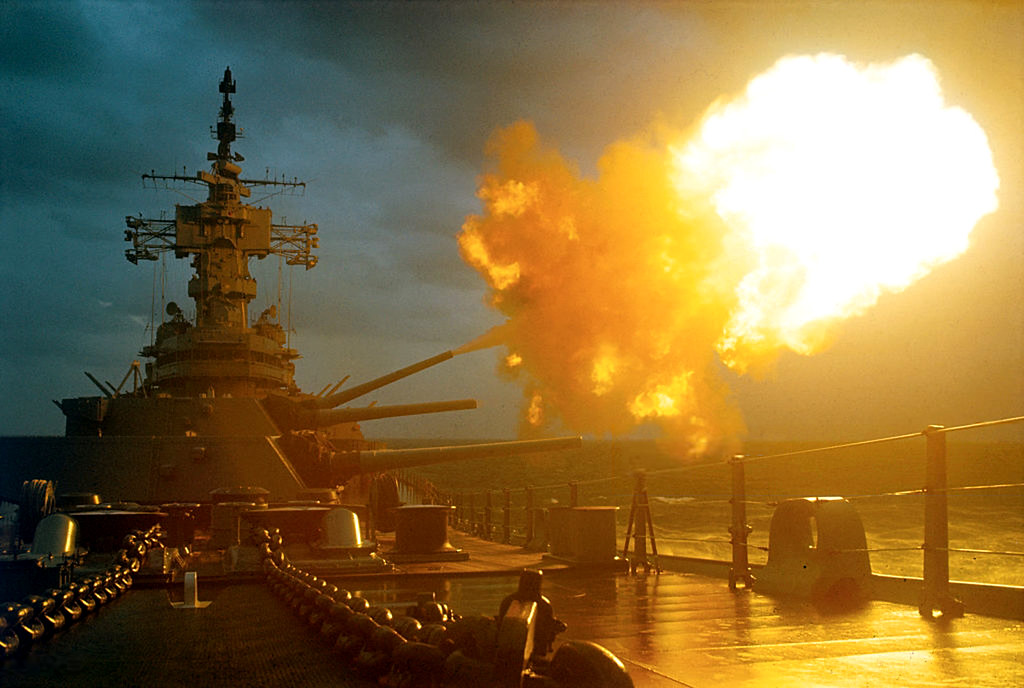
Serving as the flagship for the renowned Admiral William “Bull” Halsey in the Pacific, she has seen action in World War II, the Korean War, the Vietnam War, the Cold War, and even during peacekeeping missions off the coast of Lebanon after the tragic 1983 barracks bombing.

The ship’s illustrious service garnered her 19 battle stars, a figure unmatched in the annals of battleship history.

“The second of the Iowa-class fast battleships, New Jersey served in World War II as the flagship for Adm. William ‘Bull’ Halsey in the Pacific,” echoes the voice of history, for it’s not just the ship’s steely hull that tells a story, but the people and the pivotal moments she represents.
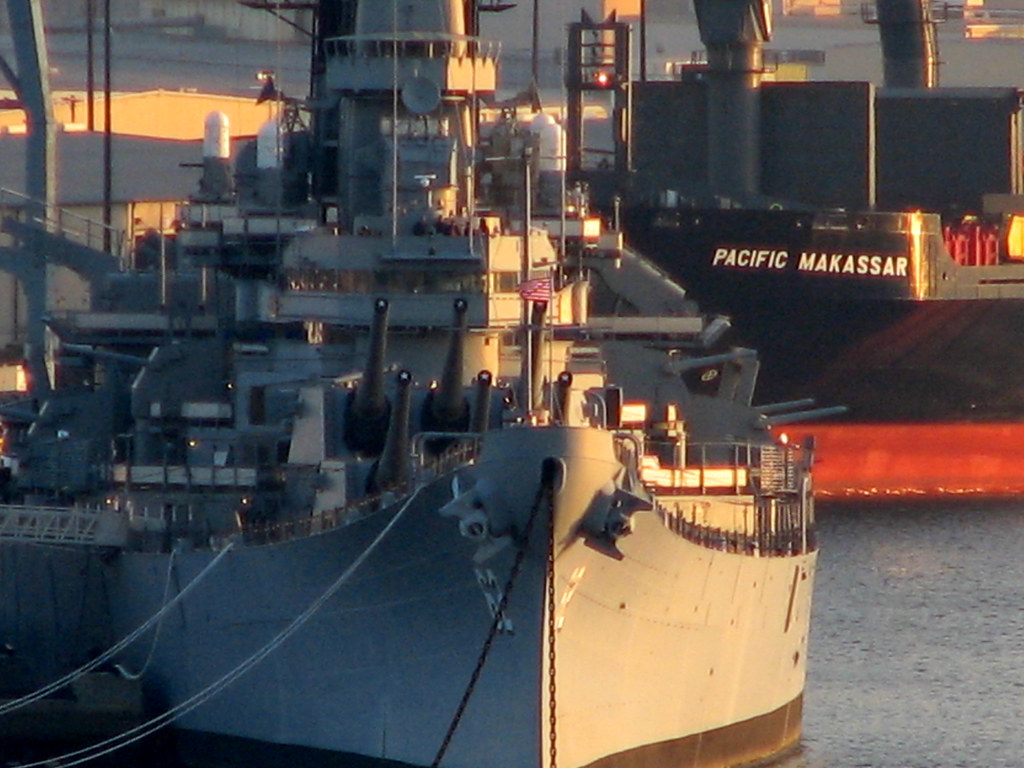
The battleship’s journey from her pier to the dry dock at Philadelphia Navy Yard is a voyage through time—a physical representation of the changing tides in naval warfare and defense strategy.

With her engines and steering controls inoperative, New Jersey relied entirely on the power and direction of the assisting tugboats.

The Walt Whitman Bridge momentarily ceased traffic as the battleship, now an immobile giant of a bygone age, passed beneath, bound for Dry Dock Number Three—her birthplace in the 1940s. This dry-docking is not merely maintenance; it’s the rejuvenation of an icon.

During the estimated 60-day maintenance period, the hull will be inspected and repainted, with Philadelphia Ship Repair tasked with bringing a fresh coat to this old warrior’s steel skin.
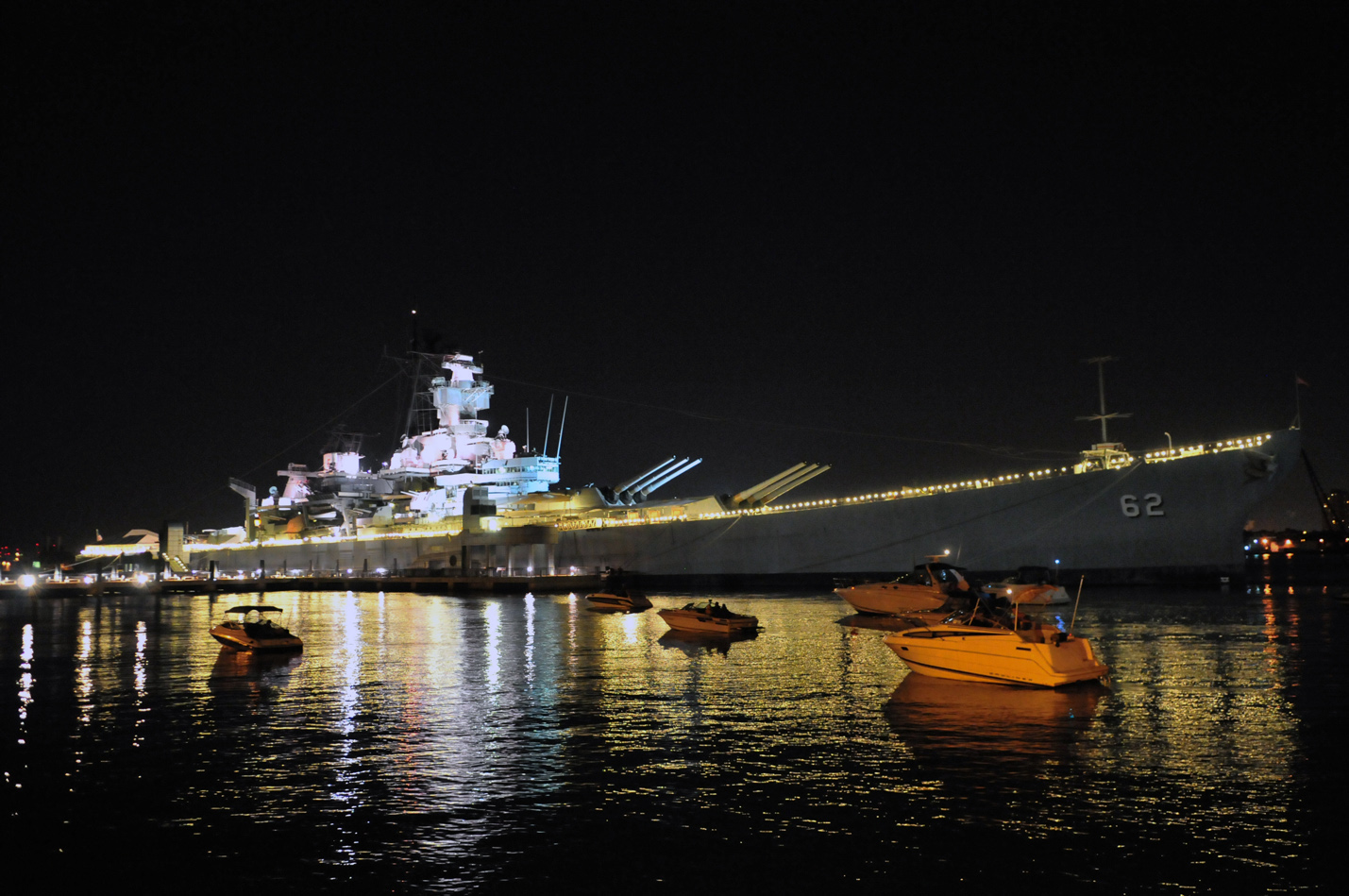
For those intrigued by naval architecture and history, tours will offer a rare view of the 62,000-ton warship, temporarily liberated from the water’s embrace.

New Jersey’s anticipated return to her permanent berth in Camden in June 2024 is not just the completion of a refurbishment cycle. It’s the resurrection of a legend, ready to continue her second life as a museum ship, where stories of the past shape the dreams of the future.

As New Jersey’s voyage to the dry dock aligns with reflections on the broader Iowa-class battleships, we are reminded of the Iowa-class’ unique juxtaposition of history and modernity.

These ships, designed to dominate enemy battleships, found themselves instead providing artillery support and evolving beyond their original purpose.

Yet, even as defense procurement evolves and the Iowa-class battleships become museum pieces, their legacy continues to influence strategic thinking and military design.
Relevant articles:
– The Iowa-Class Battleships are a Nightmare for the U.S. Navy for One Reason, The National Interest
– The Navy’s Iowa-Class Battleships Are a Warship No Navy Can Match, The National Interest
– Those Who Served, Battleship USS Iowa
– Battleship New Jersey Leaves Pier for First Time in More than 20 Years, USNI News

